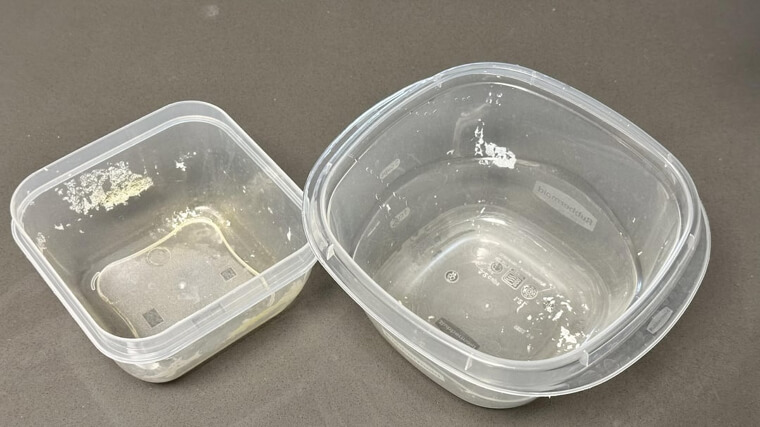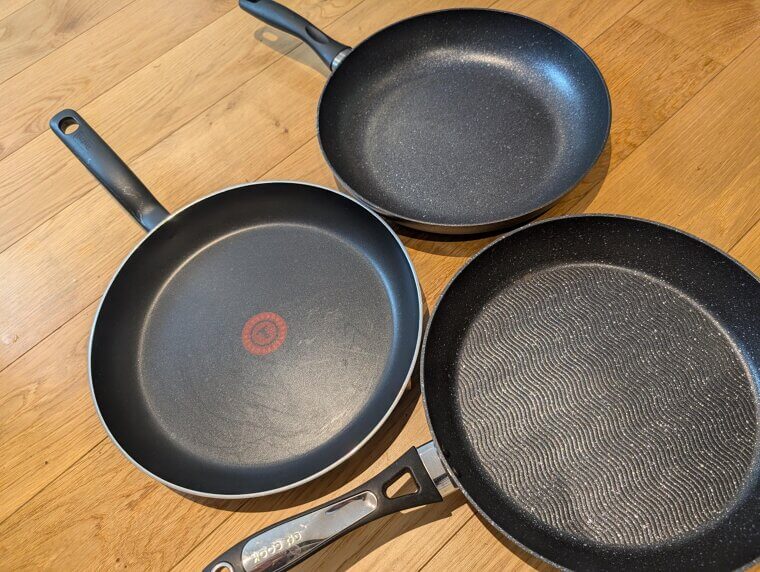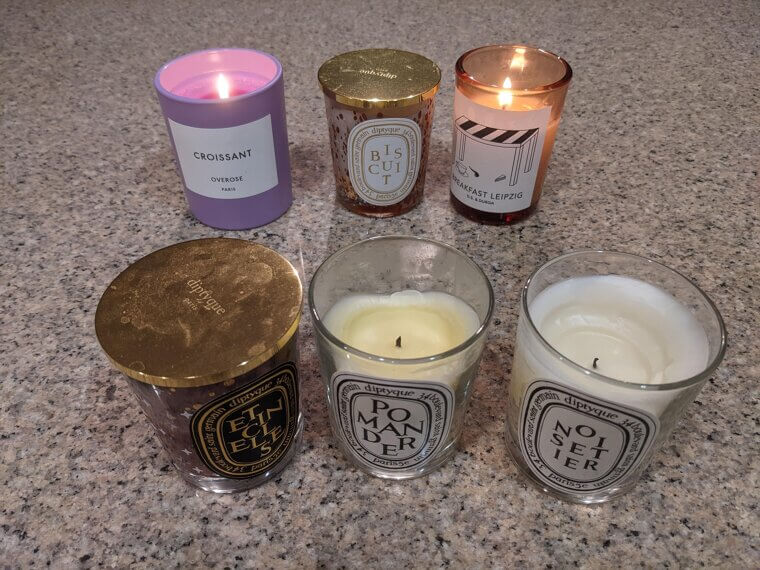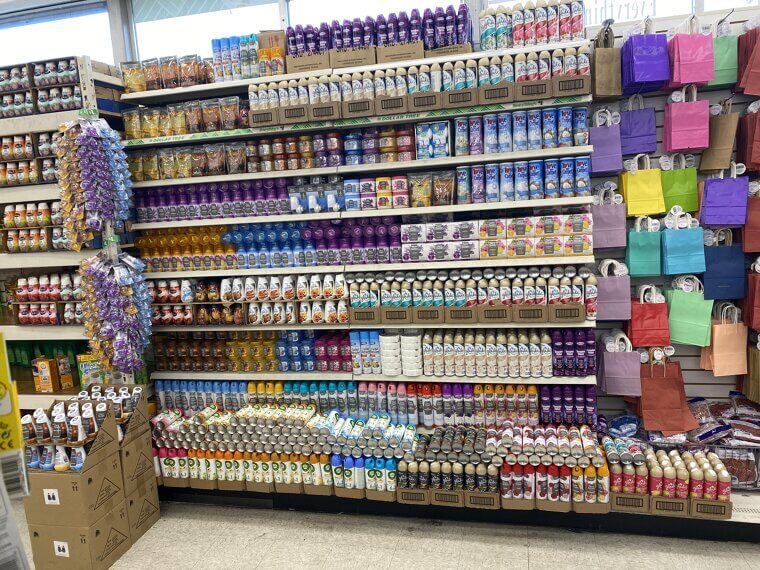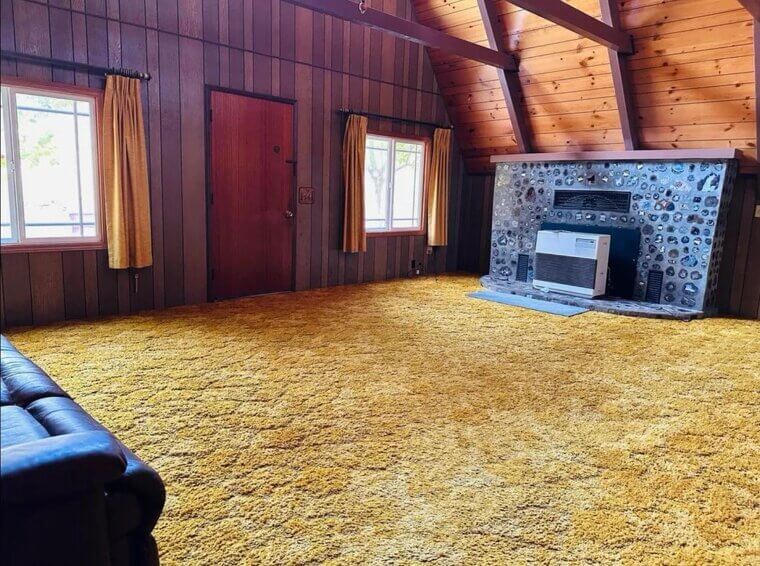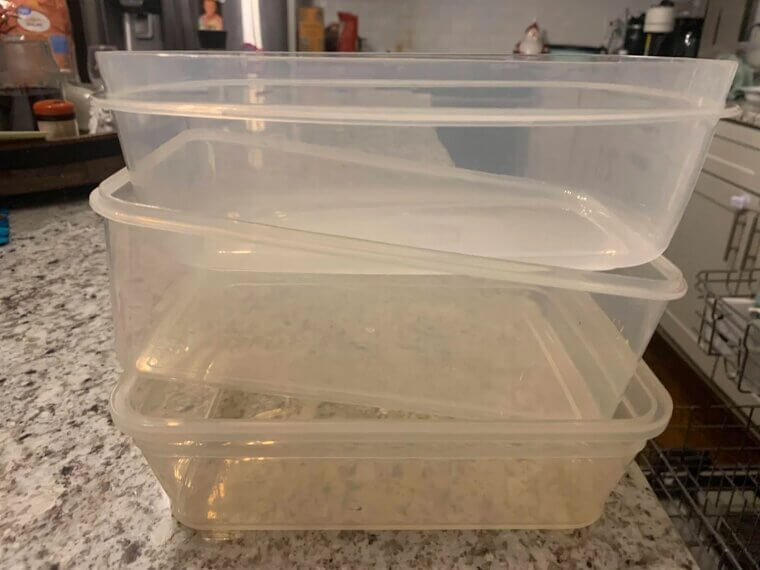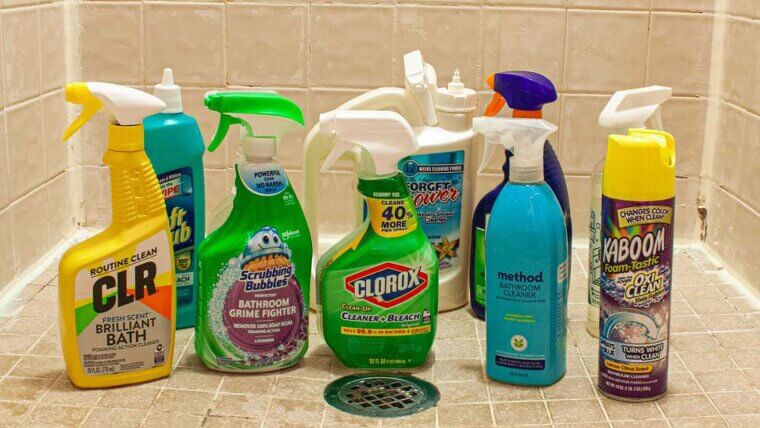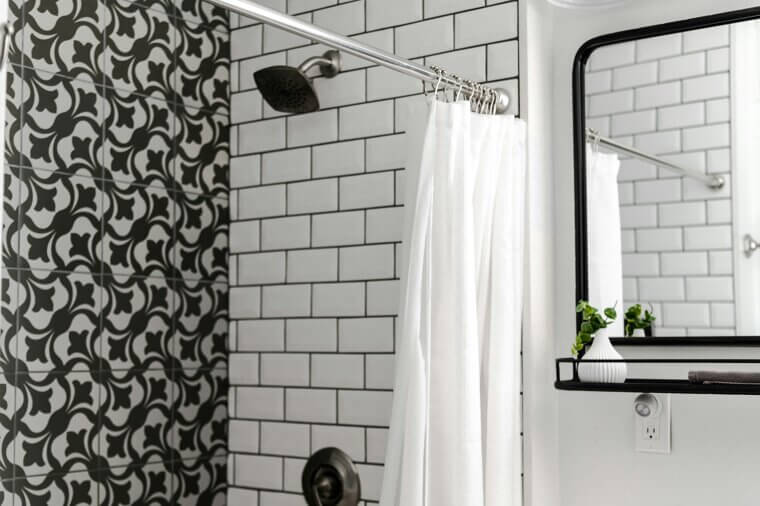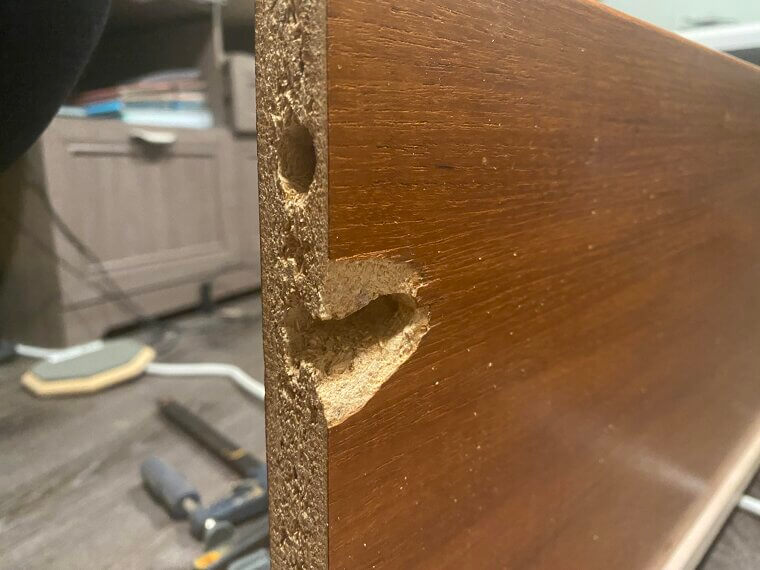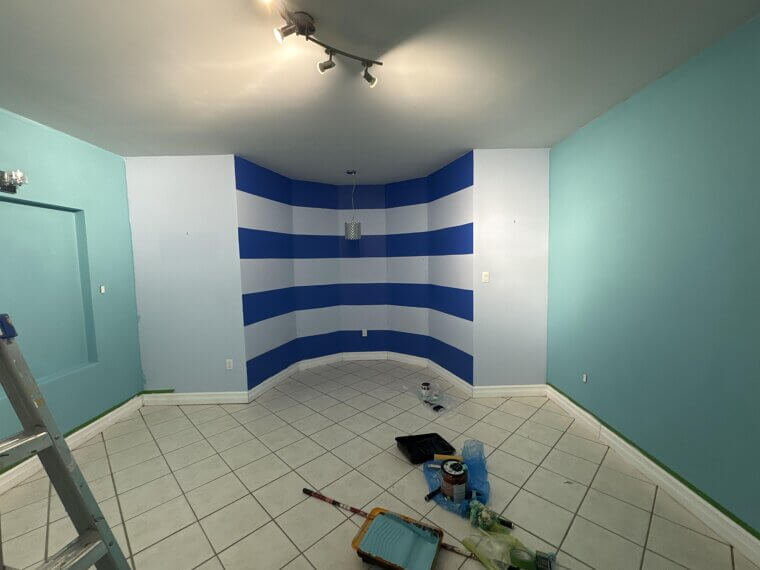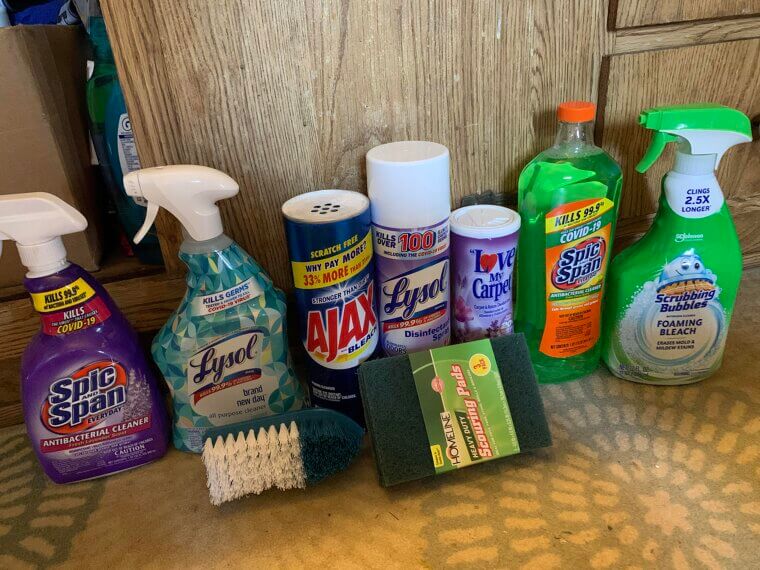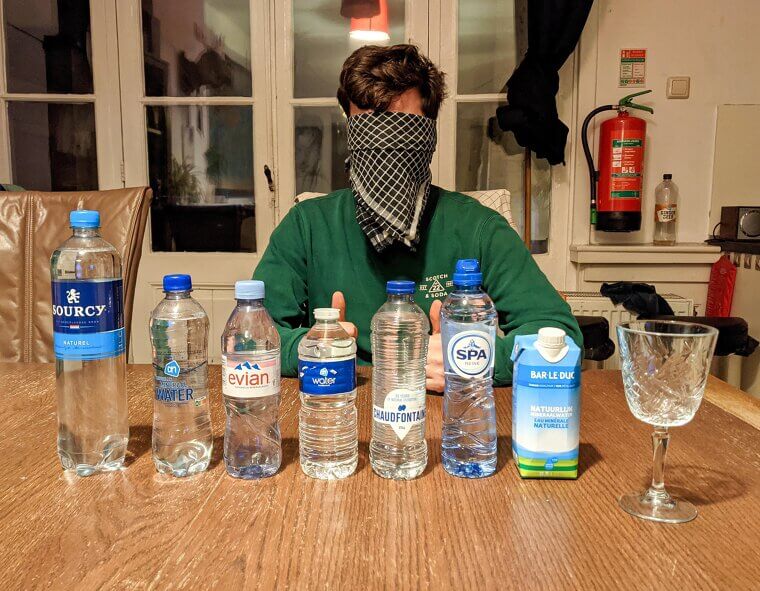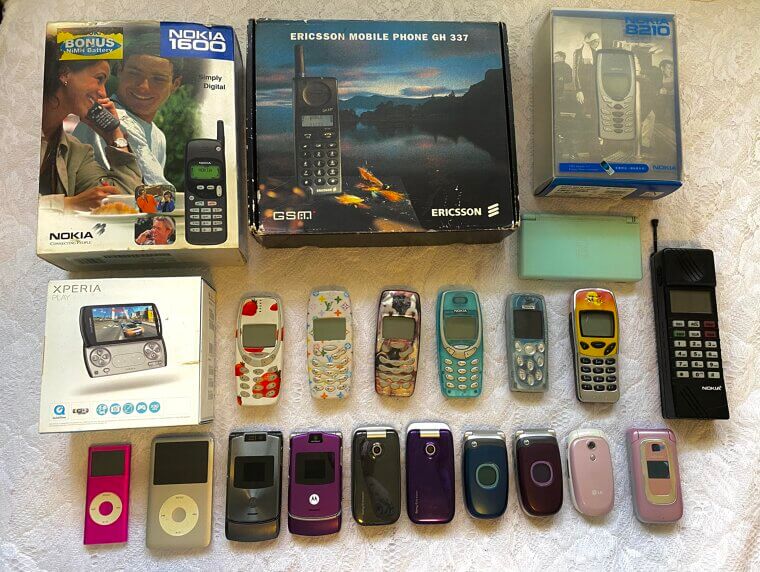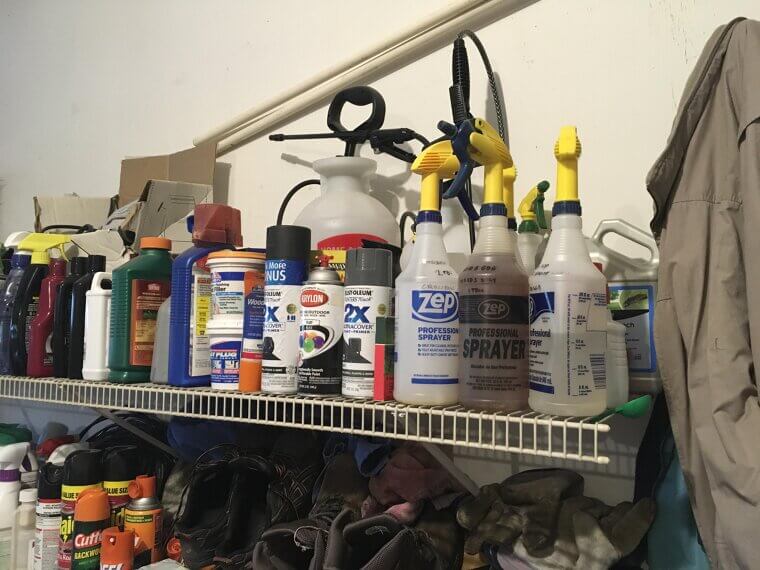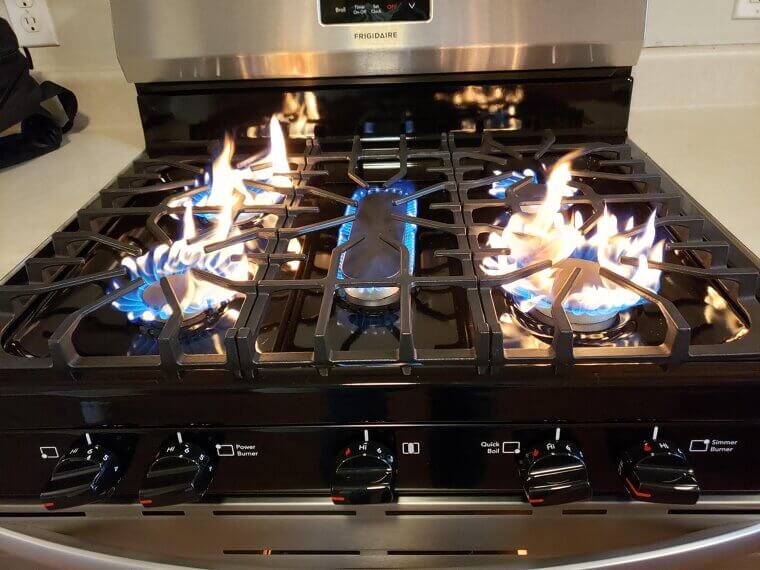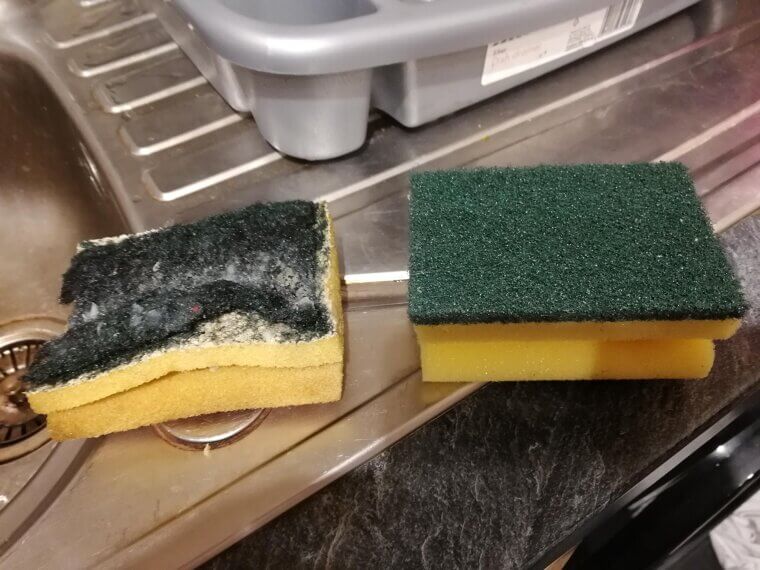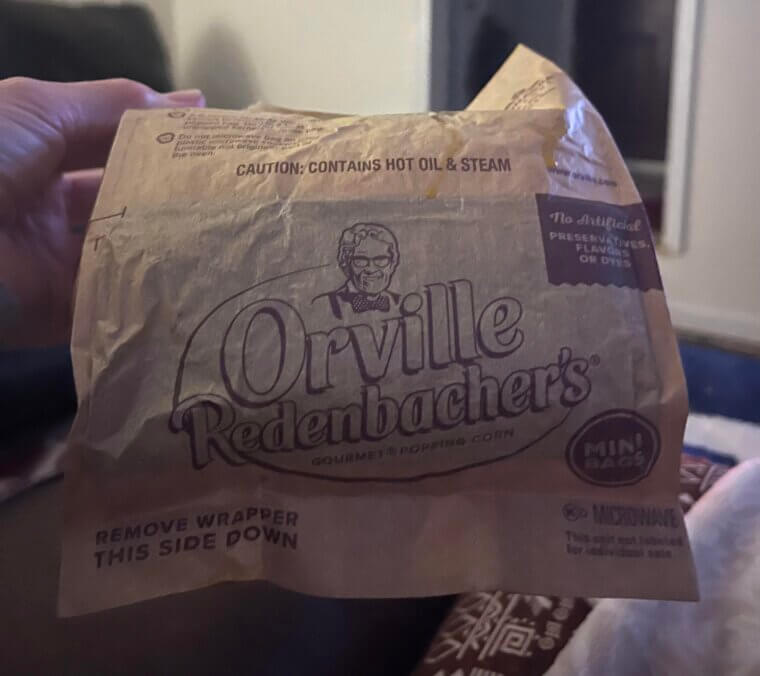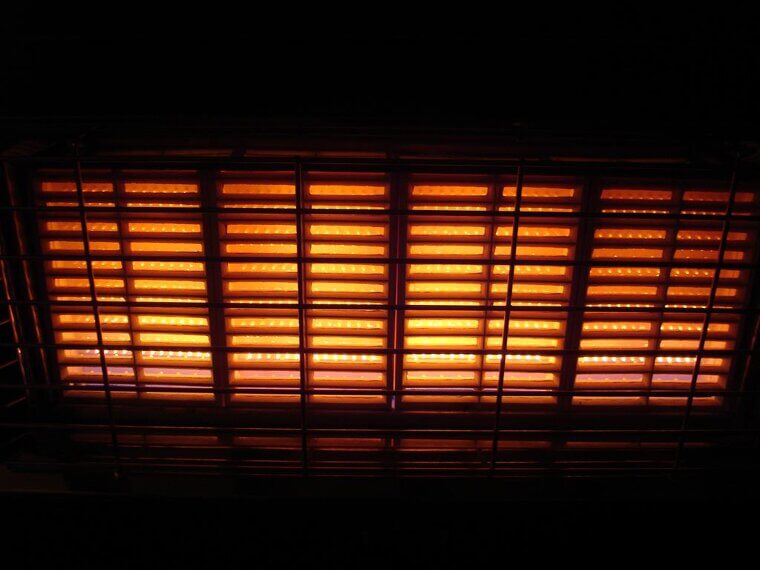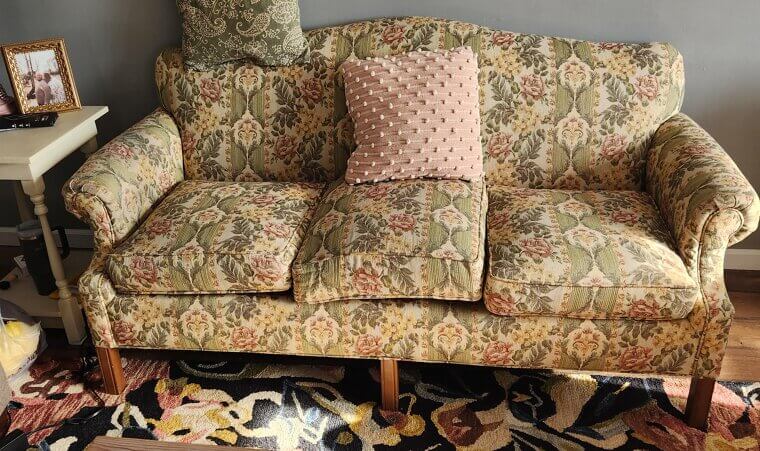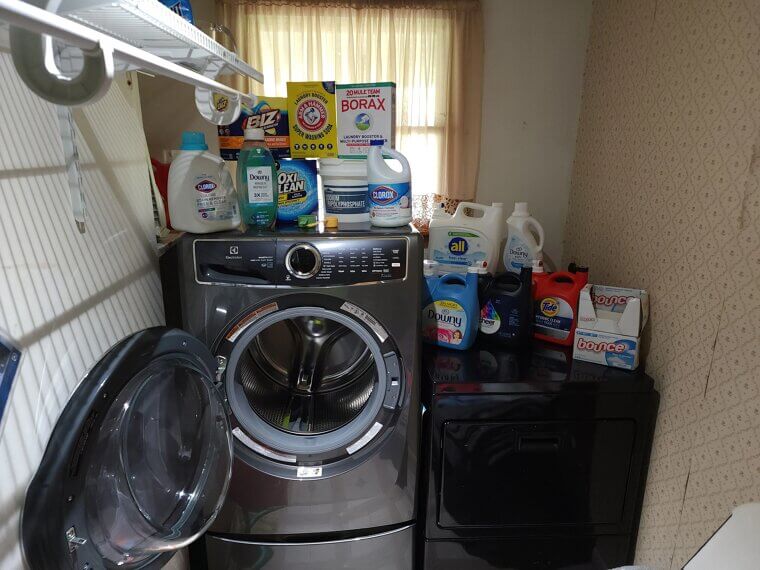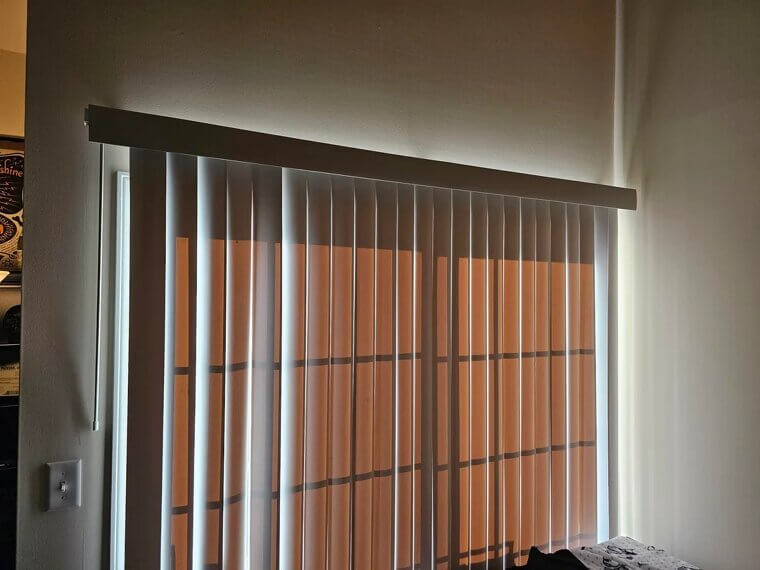These Household Items May Be Making You Sick
Your home is meant to feel like one of the safest places on earth. However, some of the items you use every day are quietly putting your health at risk. Some of them are hiding in plain sight while emitting toxins and triggering allergies. Let’s take a quick look!
Nonstick Cookware
When overheated, nonstick coatings like Teflon can emit toxic fumes, which will make you feel sick. Scratches in the pan can also allow chemicals to leach into your food. If you must keep using it, cook on low heat or replace your damaged pans with safer options in stainless steel.
Scented Candles
Some scented candles smell great, but could release benzene, toluene, and formaldehyde. All of these are chemicals you do not want living in your living room. Instead, look for soy or beeswax candles with cotton wicks or natural scents, like simmering citrus and herbs.
Air Fresheners
Air fresheners may advertise "mountain breeze," but they actually emit more VOCs and phthalates. These can aggravate your lungs and affect your hormones. Instead, open a window or mix some baking soda to take away odors. You can also use essential oils (be careful, and dilute them to avoid unwanted effects of their own).
Old Carpets
Your cozy carpet can hide dust mites and mold spores. To make things worse, many older carpets used a formaldehyde-based adhesive. If you can’t replace your carpet, invest in a quality HEPA vacuum and deep clean it regularly to lessen the presence of these allergens and toxins.
Plastic Food Containers
Microwaving leftovers in a plastic tub is a bad idea. Heat can make BPA and phthalates leach into your food, potentially affecting your hormones. Stick with glass or stainless containers, which hold up better, look better, and won't introduce unwanted chemicals into your lunch.
Cleaning Sprays
That fresh "lemon breeze" scent? That's usually code for volatile organic compounds (VOCs) that can give you headaches, allergies, and asthma. Use cleaning sprays with caution and with enough ventilation, or go with vinegar and baking soda instead.
Vinyl Shower Curtains
That “new shower curtain smell” isn’t really fresh. It's phthalates and VOCs slowly off-gassing into your bathroom and lingering there for weeks. Choose fabric or PEVA/EVA curtains instead. They are just as water-resistant, easier to clean, and will not harm you when all you want to do is relax.
Pressed Wood Furniture
Bargain bookcases and desks made from particleboard often contain formaldehyde-based resins. Over time, they can release harmful fumes into the air. If you can, purchase solid wood furniture or find a product that is "CARB-compliant" or "formaldehyde-free" in order to keep your space looking great and safe.
Mattresses
Old mattresses are a buffet for allergens. New mattresses are not necessarily better if they contain flame retardants that off-gas VOCs. Buy organic and CertiPUR-US certified mattresses and replace them every 7 to 10 years. You’ll sleep better and your lungs will stay healthier.
Paint
Walls painted with older high-VOC formulations can off-gas those chemicals for years. This off-gassing can cause headaches, dizziness, and other issues. If you are repainting, consider low-VOC or zero-VOC products, and keep rooms well ventilated while everything is drying.
Bleach
Bleach is a cleaning superhero but a lung irritant in disguise. Inhaling the fumes can make your throat feel like sandpaper. It’s also notorious for creating toxic gases when mixed with other cleaners. Only use it in well-ventilated spaces, and avoid playing mad scientist with your cleaning products.
Water Bottles
That trusty plastic bottle could be leaching BPA or other chemicals into your drink, especially if it’s been sitting in a hot car. And over time, these chemicals can disrupt your hormones. Go with stainless steel and glass, unless you like toxins while you hydrate.
Old Electronics
Your old laptop may be vintage and cool, but it may also be leaking lead, mercury, and flame-retardants. Over time, these chemicals can eventually break down into dust that you touch or breathe. Be sure to store old electronics properly or recycle them before they become a toxic museum on your desk.
Pesticides
Pesticides keep the creepy-crawlies at bay, but the chemicals can linger on surfaces and in the air, affecting your skin, lungs, and even hormones. Always store them safely and use gloves while using them. You may also consider less toxic pest control methods.
Gas Stoves
Gas stoves make cooking a joy, but they also release nitrogen dioxide, carbon monoxide, and tiny particles that can irritate your lungs. Without proper ventilation, you’re basically simmering dinner in a side of air pollution. A good exhaust fan is your best sous-chef here.
Dish Sponges
That cheerful yellow sponge is a bacterial resort. Replace sponges often, microwave them (when damp) for a minute, or change to a washable scrubber. This will help you avoid your kitchen turning into a petri dish.
Microwave Popcorn Bags
Some popcorn bags are lined with chemicals like PFOA that can break down into harmful substances when heated. Over time, they’ve been linked to health issues. Air-pop your kernels or use a stovetop popper. It tastes better and comes without the side order of chemical seasoning.
Space Heaters
Space heaters are great for warm toes. However, they can release pollutants if they’re fuel-burning, while electric heaters are a fire hazard when left unattended. Make sure to keep them well away from curtains, rugs, and pets with poor judgment. Safety first, toastiness second.
Old Upholstered Furniture
That comfy armchair from the ‘90s? We know you love it, but it might contain flame-retardant chemicals that shed into household dust. Long-term exposure has been linked to hormonal issues. And no, a slipcover won’t fix it. Consider reupholstering or replacing it,
Laundry Detergents
Bright colors and heavy scents mean dyes and fragrances that may irritate skin or lungs. Some laundry detergents also use optical brighteners that stick to clothing and rub on skin. Switching to fragrance-free or eco-friendly detergents may make your laundry feel a lot fresher and make you feel better.
Curtains and Blinds
By design, curtains and blinds are dust magnets; they also harbor allergens, mold spores, and chemicals from manufacturing. It’s important to clean your window treatments regularly if you don’t want them turning into sneeze dispensers.

